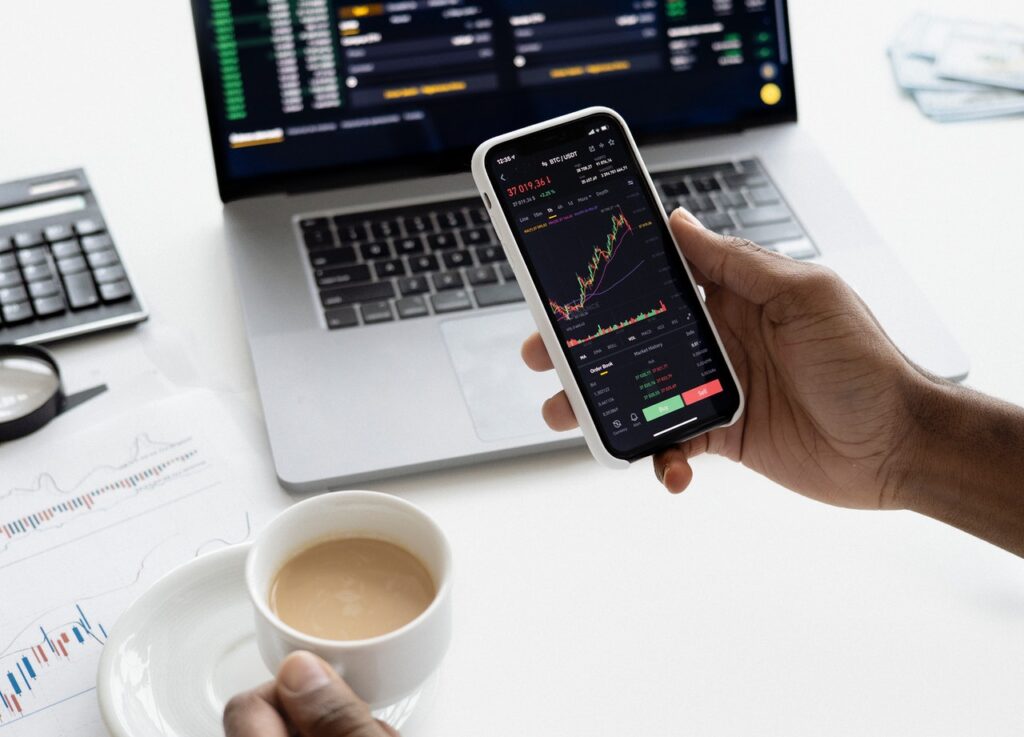The Federal Reserve, widely known as the Fed, is responsible for managing monetary policy in the United States. Even though the Fed has several tools at its disposal for this task, its ability to influence interest rates is considered to be one of the most effective monetary policy tools. As Kavan Choksi Professional Investor says, the Federal Open Market Committee (FOMC) sets a target range for the federal funds rate at regular meetings. This rate acts as a reference for the interest rates big commercial banks charge each other for the overnight loans. The federal fund rate influences interest rates throughout the US economy.
Kavan Choksi Professional Investor discusses how changing interest rates affect the stock market
Even though the rising interest rates initially took a toll on the broader stock market in 2022, stocks managed to rally significantly in 2023, with the S&P 500 gaining more than 26%. However, the recovery of the stock market does not mean that the prevailing high interest rates no longer have an impact on equity market performance. One must note that it was at the start of 2023 that the impact began to shift course, with the high cost of debt becoming a factor for companies that faced higher borrowing costs.
Markets rallied broadly across the board in the closing months of 2023 with the anticipation of lower interest rates. However, signs in early 2024 indicate that interest rate cuts might not be coming as fast as some may have expected. In the opening weeks of 2024, the S&P 500 performance was dominated by a narrow band of tech-oriented stocks that managed to outperform the broader market in 2023. This segment of the market is known to represent businesses that are not too highly dependent on issuing debt, as well as incurring higher interest costs.
The trend of rising interest rates started in 2022, due to the re-emergence of inflation. The cost of living as per the Consumer Price Index (CPI) went up to a peak of 9.1% for the 12 months ending June 2022. For the purpose of controlling inflation, the Fed began to raise short-term federal funds target rate in the March of 2022. During this period, interest rates across the broader bond market rose as well, which made borrowing funds more costly for businesses and consumers. This was aimed at slowing economic growth and employment in order to temper the threat of inflation. In 2024 January, inflation over the previous 12 months stood at 3.1%, which is much lower than its peak, however, it has not yet come down to the Fed’s 2% target.
As Kavan Choksi Professional Investor says, when the interest rates first went up in 2022, it took a huge toll on stocks that had already high valuations. This included growth oriented tech stocks that flourished in a low interest rate environment. The impact shifted in 2023 as interest rates appeared to be approaching peak levels for this cycle. Now the focus is on how interest rates impact company finances.



